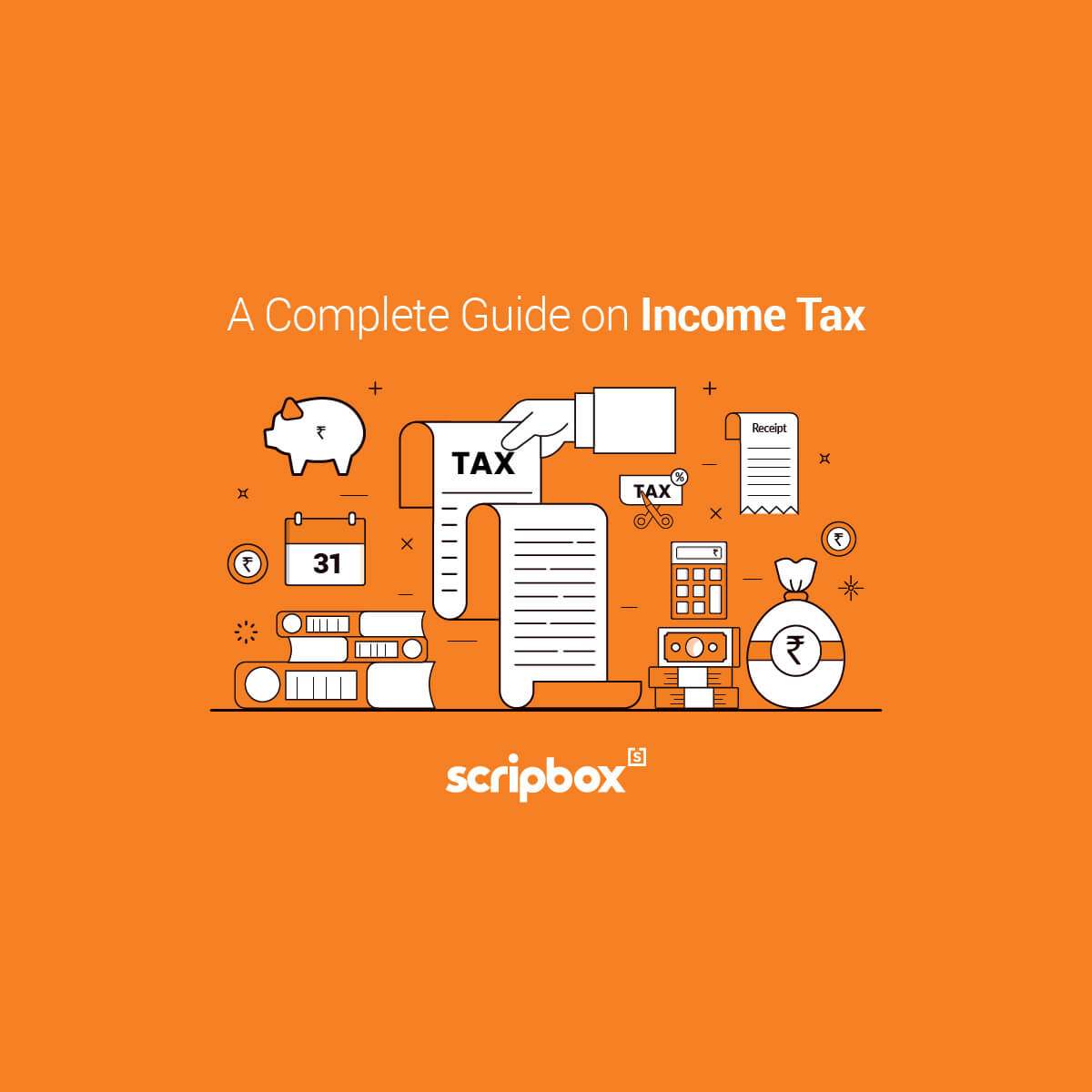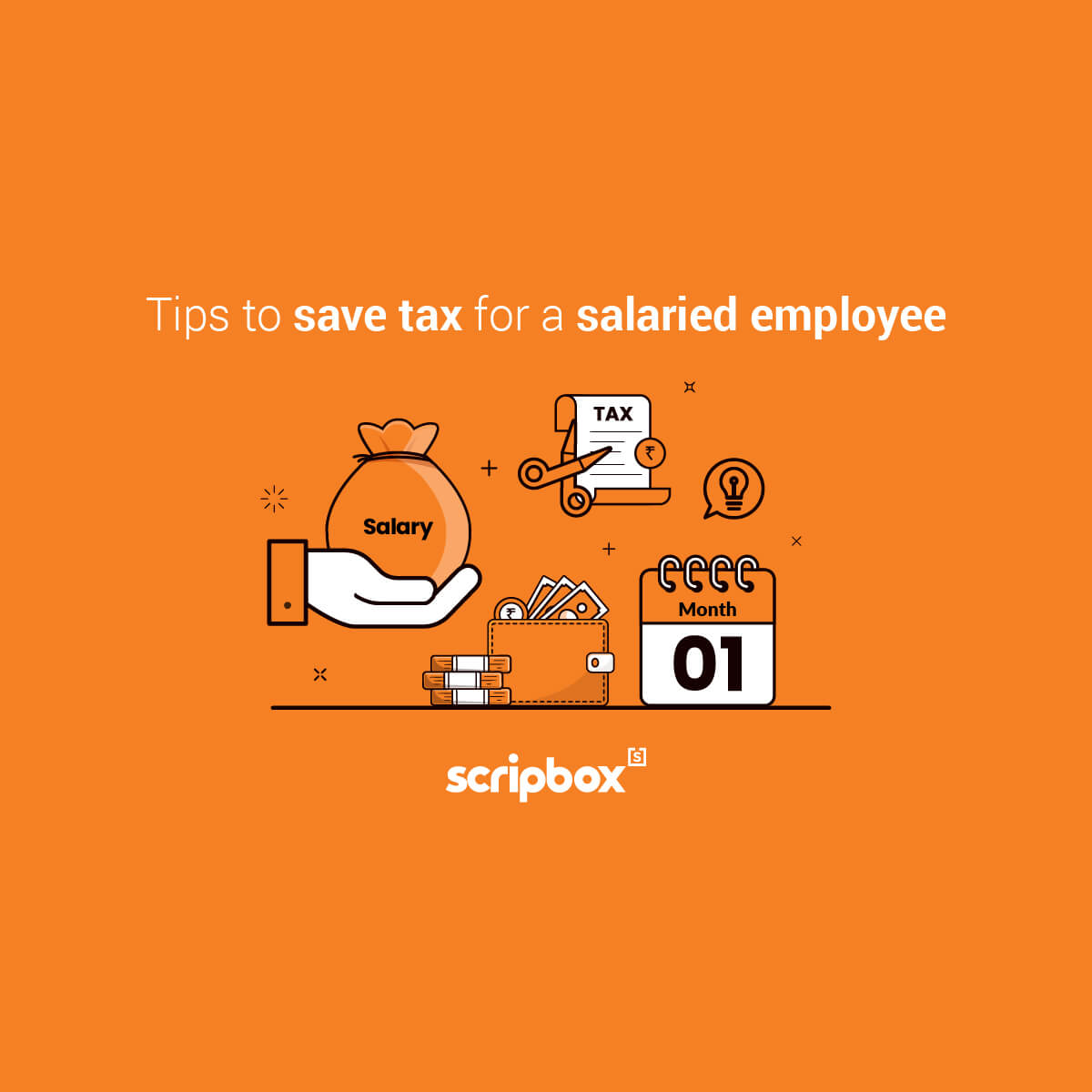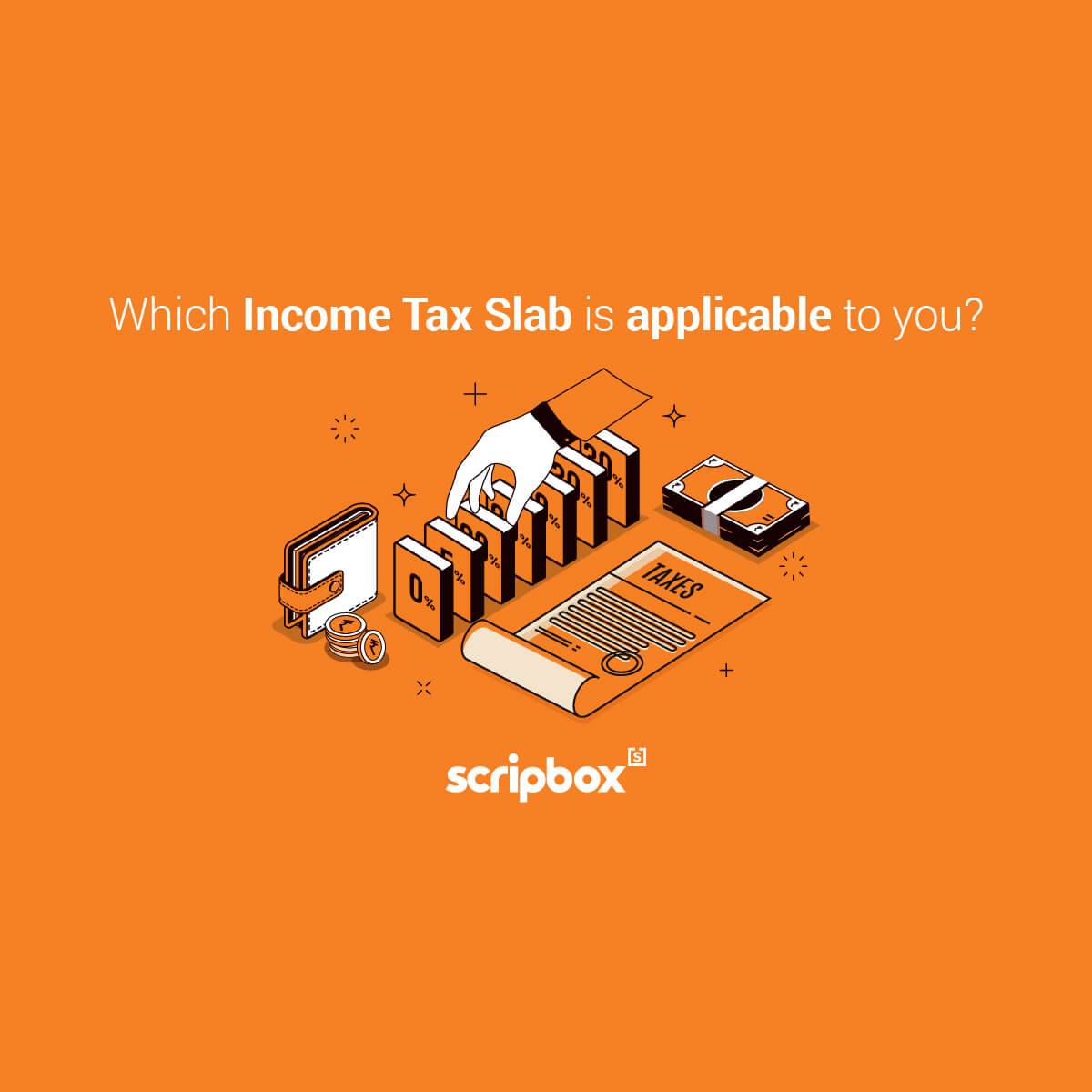Income Tax Slabs Under the Old Income Tax Regime and New Income Tax Regime
Old Tax Regime
| Income Tax Slab | Tax Rate |
| Up to ₹ 2,50,000 | Nil |
| ₹2,50,001 – ₹5,00,000 | 5% |
| ₹5,00,001 – ₹10,00,000 | 20% |
| Above ₹10,00,000 | 30% |
New Tax Regime (FY 20-21, FY 21-22 & FY 22-23)
| Income Tax Slab | Tax Rate |
| Up to ₹2,50,000 | Nil |
| ₹2,50,001 – ₹5,00,000 | 5% |
| ₹5,00,001 – ₹7,50,000 | 10% |
| ₹7,50,001 – ₹10,00,000 | 15% |
| ₹10,00,001 – ₹12,50,000 | 20% |
| ₹12,50,001 – ₹15,00,000 | 25% |
| Above ₹15,00,000 | 30% |
New Tax Regime ( From FY 23-24)
| Income Tax Slab | Tax Rate |
| Up to ₹3,00,000 | Nil |
| ₹3,00,001 – ₹6,00,000 | 5% |
| ₹6,00,001 – ₹9,00,000 | 10% |
| ₹9,00,001 – ₹12,00,000 | 15% |
| ₹12,00,001 – ₹15,00,000 | 20% |
| Above ₹15,00,000 | 30% |
Check Current Income Slabs and Tax Rates in 2025
How to Pay Zero Tax on a 10 Lakh Salary?
Lets take an example to understand taxation of INR 10 lakh salary under old and new tax regime, and see which one is more beneficial. Mr Arun earns a gross salary of INR 10,00,000. The following tables show Mr Arun’s tax liability under old and new tax regime.
Old Tax Regime
| Gross Salary (A) | ₹10,00,000 |
| Less (Exemptions) | |
| HRA | ₹1,50,000 |
| LTA | ₹40,000 |
| Reimbursements (Food + Mobile/ Internet) | ₹24,000 |
| Children’s Education & Hostel Allowance | ₹9,600 |
| Standard Deduction | ₹50,000 |
| Professional Tax | ₹2,400 |
| Total Exemptions (B) | ₹2,76,000 |
| Less (Deductions) | |
| 80C | ₹1,50,000 |
| 80D | ₹50,000 |
| 80E | ₹25,000 |
| 80CCD (1B) | ₹50,000 |
| Total Deductions (C ) | ₹2,75,000 |
| Net Taxable Income (A-B-C) | ₹4,49,000 |
| Up to ₹2,50,000 (Nil) | ₹0 |
| ₹2,50,001 – ₹5,00,000 (5%) | ₹12,500 |
| ₹5,00,001 – ₹10,00,000 (20%) | ₹39,800 |
| Above ₹10,00,000 (30%) | 0 |
| Total Tax | ₹52,300 |
| Less: Tax Rebate | -52,300 |
| Net Tax Payable | ₹0 |
New Tax Regime (FY 20-21, FY 21-22 & FY 22-23)
| Gross Salary (A) | ₹10,00,000 |
| Total Exemptions (B) | ₹0 |
| Total Deductions (C ) | ₹0 |
| Net Taxable Income (A-B-C) | ₹10,00,000 |
| Up to ₹2,50,000 (Nil) | 0 |
| ₹2,50,001 – ₹5,00,000 (5%) | ₹12,500 |
| ₹5,00,001 – ₹7,50,000 (10%) | ₹25,000 |
| ₹7,50,001 – ₹10,00,000 (15%) | ₹37,500 |
| ₹10,00,001 – ₹12,50,000 (20%) | 0 |
| ₹12,50,001 – ₹15,00,000 (25%) | 0 |
| Above ₹15,00,000 (30%) | 0 |
| Net Tax Payable | ₹75,000 |
New Tax Regime (From FY 23-24)
| Gross Salary (A) | ₹10,00,000 |
| Less (Exemptions) | |
| Standard Deduction | ₹50,000 |
| Total Exemptions (B) | ₹50,000 |
| Total Deductions (C) | ₹0 |
| Net Taxable Income (A-B-C) | ₹950,000 |
| Up to ₹3,00,000 (Nil) | ₹0 |
| ₹3,00,001 – ₹6,00,000 (5%) | ₹15,000 |
| ₹6,00,001 – ₹9,00,000 (10%) | ₹30,000 |
| ₹9,00,001 – ₹12,00,000 (15%) | ₹7,500 |
| ₹12,00,001 – ₹15,00,000 (20%) | ₹0 |
| Above ₹15,00,000 (30%) | ₹0 |
| Net Tax Payable | ₹52,500 |
To pay zero tax on salary of 10 lakhs, you must take the advantage of salary exemptions and deductions. From the above example, because Mr Arun had good enough tax exemptions and deduction expenses, the net tax payable was Zero. Under the new regime, Mr Arun will have to pay INR 75,000 till FY 22-23 and from FY 23-24, the net tax payable will be INR 52,500.
For Different Income Slabs
- Income Tax on 7 Lakh Salary
- Income Tax on 12 Lakh Salary
- Income Tax on 15 Lakh Salary
- Income Tax on 20 Lakh Salary
Frequently Asked Questions
You can pay zero tax on salary of 10 lakhs, provided you have investing in tax savings options and claim applicable deductions and exemptions. Under the old regime, your net tax payable can be zero, if you claim exemptions and invest in tax saving schemes. In case you are following the new tax regime for FY 20-21, FY 21-22 & FY 22-23 the net tax payable amount will be INR 75,000. For FY 23-24 onwards, the net tax payable will be INR 52,500.
To pay zero tax for income upto 12 lakhs, you must follow the old tax regime. Furthermore, you must be able to take advantage of all the tax exemptions and invest in tax savings schemes that qualify for deductions for paying zero tax.
Yes, it possible to save 100% on tax. It requires good tax planning. You must invest in tax saving options and at the same time, claim all your expenses that qualify for tax exemptions.
Income upto INR 2,50,000 is tax free. However, in the budget 2023, under the new tax regime, income up to INR 3,00,000 is tax free.
RELATED READS
- How to Save Maximum from Income Tax
- New Vs Old Tax Regime – Which is Best?
- What is Section 80 C of Income Tax
- Best Tax Saving Investments
- Best ELSS Mutual Funds 2025





















Show comments